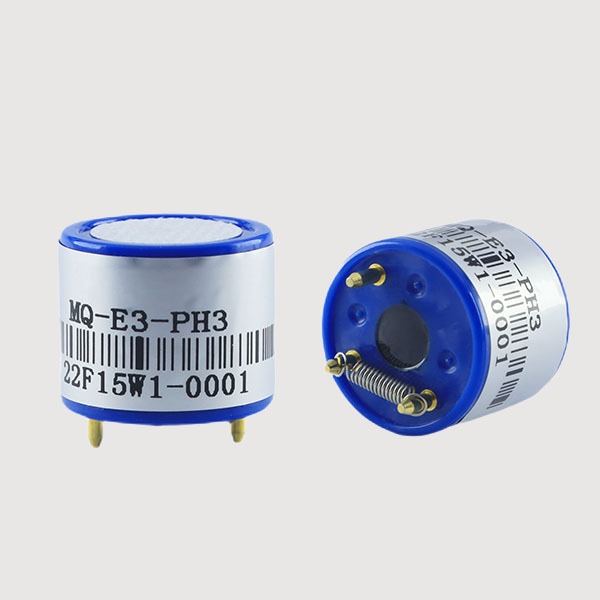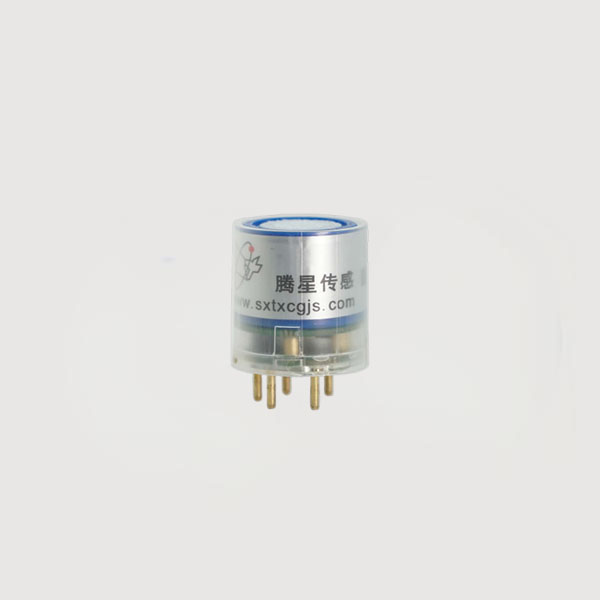

 News
News Industry News
Industry NewsAmong numerous industrial toxic gases, phosphine (chemical formula: PH₃) is a veritable "silent killer" due to its intense toxicity and high concealment. It is commonly used in fumigation, insecticide control, metal smelting, and semiconductor production.

The huge harm of phosphine
Phosphine is a colorless gas that often carries a pungent odor reminiscent of carbides (such as garlic or rotting fish) when fumigants like aluminum phosphide and zinc phosphide come into contact with water. However, this "warning signal" is unreliable, as it quickly numbs the sense of smell, putting people in danger without realizing it. Aluminum phosphide tablets are commonly used as a fumigant in the grain storage industry to kill insects. In sealed grain silos, aluminum phosphide absorbs moisture from the air and releases phosphine gas. Improper handling or leakage during this process can easily lead to poisoning accidents. The hazards of hydrogen sulfide are:
1.Severe acute toxicity
Phosphine is a systemic cytotoxic agent, particularly damaging the respiratory and central nervous systems.
Initial symptoms: Headache, dizziness, nausea, vomiting, abdominal pain, and restlessness.
Severe poisoning: Exposure to high concentrations of phosphine can rapidly lead to toxic pulmonary edema (fluid filling of the lungs, making it impossible to breathe), myocardial damage, cerebral edema, coma, and death from respiratory and circulatory failure within hours to days. "Flash Death": Exposure to extremely high concentrations of phosphine can cause sudden death before discovery, leaving little chance of rescue.
2. Highly Concealable and Deceptive
Olfaction/Olfaction: This is phosphine's most dangerous characteristic. While the smell may initially alert a person, with continued exposure, the olfactory nerves weaken within minutes, leading to a false sense of security and a delay in escape.
Low Irritation: Unlike gases like chlorine, phosphine is relatively mildly irritating to the eyes and respiratory tract. Inhalation may not cause severe coughing, further increasing its concealment.
3. Flammability and Explosiveness
Phosphine is a highly flammable and explosive gas. Its explosive limits in air are very wide (approximately 1.6% to 98%). Even a small spark or hot surface can trigger a violent explosion, posing a significant risk to rescue and disposal efforts.
Phosphine(PH3) gas detection sensor
Given the highly toxic and flammable properties of phosphine, real-time and accurate monitoring of it in all possible links such as granaries, chemical plants, semiconductor workshops, and emergency rescue is the bottom line for ensuring life safety.

MQ-E3-PH3 Electrochemical PH3 Sensor

TE03-PH3 electrochemical module
The tragedy of phosphine poisoning often stems from underestimating its hidden nature and toxicity, as well as neglecting safety procedures and detection equipment. Cases involving grain silo fumigation operations serve as a stark warning: Never rely on unreliable senses of smell to detect the presence of phosphine.
Gas sensor technology is the last and most critical line of defense between humans and this invisible killer. From the portable electrochemical detectors humming on the belts of grain warehouse managers to the fixed electrochemical sensors silently guarding the warehouse walls, these devices serve as loyal electronic sentinels, replacing our numbed senses with precise data and providing vital protection for our lives. In any operation involving phosphine, "prevention main, detection first" must be an unshakable ironclad principle.